DDP Talks To
"The Devil Ties My Tongue" by Amy Seiwert performed for the SKETCH Series, 2013. Photo by David DeSilva. Courtesy of Amy Seiwert's Imagery
December 31st: Jacob's Pillow: Ann & Weston Hicks Choreography Fellows Program, December 31st: New England Presenter Travel Fund, December 31st: Central Pennsylvania Youth Ballet Scholarship, December 31st: 24 Seven Dance Convention, December 31st: National Theater Project Presenter Travel Grant, December 31st: Breck Creek Artist-in-Residence Program, December 31st: Indigo Arts Alliance Mentorship Residency Program, March 31st: SIA Foundation Grants
×
"The Devil Ties My Tongue" by Amy Seiwert performed for the SKETCH Series, 2013. Photo by David DeSilva. Courtesy of Amy Seiwert's Imagery
By Alyssa Pereira
5 November 2019
Some students with the Berkeley Ballet Theater found themselves out of an exciting opportunity to dance with a major international ballet company last week, following an uncomfortable exchange the East Bay dance company says it had with the Mariinsky Ballet over the latter’s staging of “La Bayadère” in Berkeley.
After the Mariinsky Ballet announced it would be performing “La Bayadère,” a 140-year-old ballet classic at Zellerbach Hall on the UC Berkeley campus, some dance students were invited to perform alongside the professional company in two scenes.
One number caused some concern for the families of the young dancers. This part of the performance, called the “Golden Idol” dance (added to “La Bayadère” in 1941), has historically and notoriously included dancers wearing skin-darkening makeup, dark sleeves and tights to appear as “native fan bearers.”
When the BBT’s dancers were invited to take part, the theater agreed on the condition their students would not be painted in brownface.
Read the full article in SF Gate.
By Kate Greene
6 November 2019
A ballet about hungry children will ensure fewer kids go hungry this Christmas.
The Royal New Zealand Ballet (RNZB) is teaming up with food banks in seven cities during November and December, collecting donations at performances around the country.
Hansel and Gretel opens in Wellington on November 6, and the company will be collecting non-perishable food and personal care items at every performance.
Bins will be placed in theatre foyers during performances, with audience members able to drop off donations.
Read the full article on Stuff.
By Claire Suddath
20 October 2019
If you’re an American corporation—or a woman who works at one—I have good news for you. OK, also some bad news.
The good news is that all those diversity targets and unconscious bias training seminars are slowly paying off. According to McKinsey and Lean In’s annual Women in the Workplace report, 44% of companies now have three or more women in their C-suite, up from just 29% in 2015. Women still account for only a fifth of top executives and 30% of senior vice presidents, but they’re being promoted at a faster rate than men, which is narrowing the gap.
Now for the bad news: At the vice president level and below, female employees are still treading water in their careers. Women hold nearly half of all entry-level positions at the 590 companies surveyed, but only 38% of positions just one step up. For some reason, they’re just not being promoted. For every 100 men offered their first career promotion, only 72 women move up. Black and Latina women have it particularly hard; they’re promoted at just 58% and 68% the rate of men, respectively.
Read the full article on Bloomberg.

Within hours of being introduced to Stoner Winslett, and longtime Trustee Betsy Gayle, I knew that I wanted to make Richmond Ballet our first subject for the new DDP feature “Meet the Company.”
It is not just the landmark four decades that Stoner will mark this year as artistic director, but the extraordinary, highly-professional atmosphere at the company, as well as the sense of pride in tradition and place, that make Richmond Ballet exceptional.
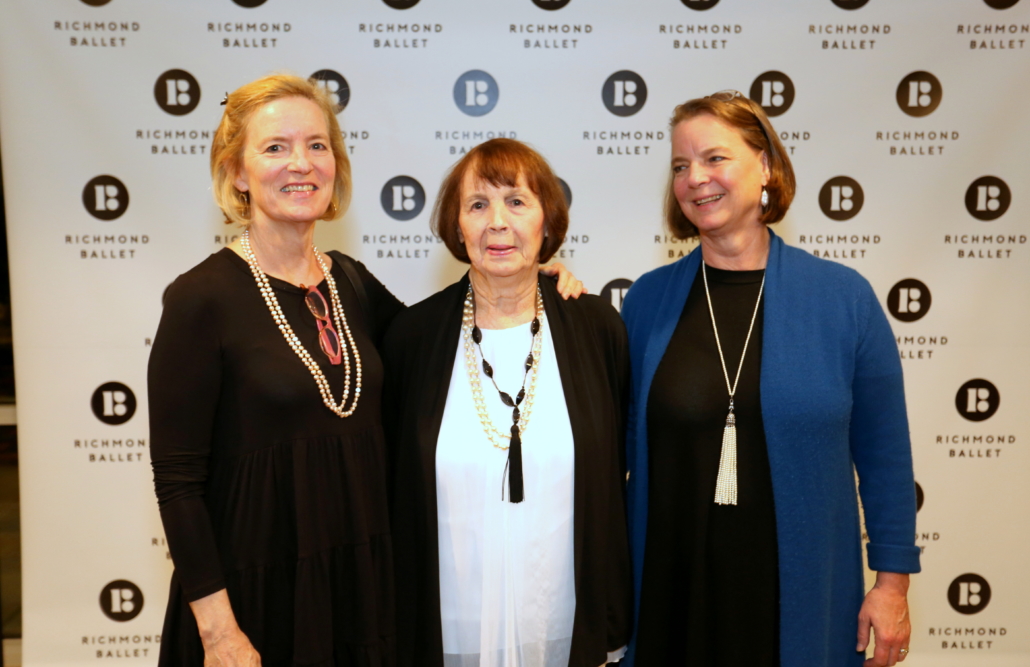
In speaking with these two remarkable women, who together represent over a century of experience with the company, I was treated not only to a genuine wave of southern hospitality, but to a palpable sense of pride and ownership for the community that they have built, extending from within the building into the surrounding city. I kept thinking, “What a great place, I would love to hang out with these women all the time.”
Then, meeting Brett Bonda, with his sense of humor, boundless energy, and constant search for innovation, simply cemented the idea that, though Richmond Ballet may be in a smaller city, the company represents the pursuit of excellence and recognition of the importance of each individual working together.
I saw that every student, teacher, or staff member was greeted warmly and personally. Clearly, Stoner knows every nook & cranny of the building, but I heard her ask over and over about everyone’s family, career ambitions, or his/her personal projects. Brett walks the walk in terms of community engagement and awareness. He realizes that for many Americans, dance is a luxury, coming well after immediate family concerns about enough money for rent, and children’s education and safety.

Richmond Ballet was the first professional ballet company in Virginia, but its reach extends far beyond the southern state. Its leaders, artistic director Stoner Winslett and managing director Brett Bonda, have each been a part of the Ballet since its beginning and have each played unique roles in helping it grow. Bonda affirmed, “What we determine to be integral to our mission and vision we ensure is done to the highest level possible. I truly believe this is why the organization has survived through the many challenging years to arts organizations.”
Bonda and Winslett have worked together in varying capacities for 35 years. Their partnership could be a case study for successful management – and equitable management, at that. When asked about the success of their leadership, Bonda said, “We have a mutual respect for each other and the similar expectations and work ethic needed to run a successful organization.” It always comes back to the organization’s mission, Bonda added, writing, “We both strive to continue to support the mission and when we have difficult decisions to make, we always refer to the mission to make sure we are still in line with its original intent.”
DDP had the privilege of interviewing the two leaders to pick their minds about Richmond, their exceptional education and outreach program, Minds In Motion, gender equity, successful management, and 40 years (!!!) of Winslett’s programming and artistic leadership.
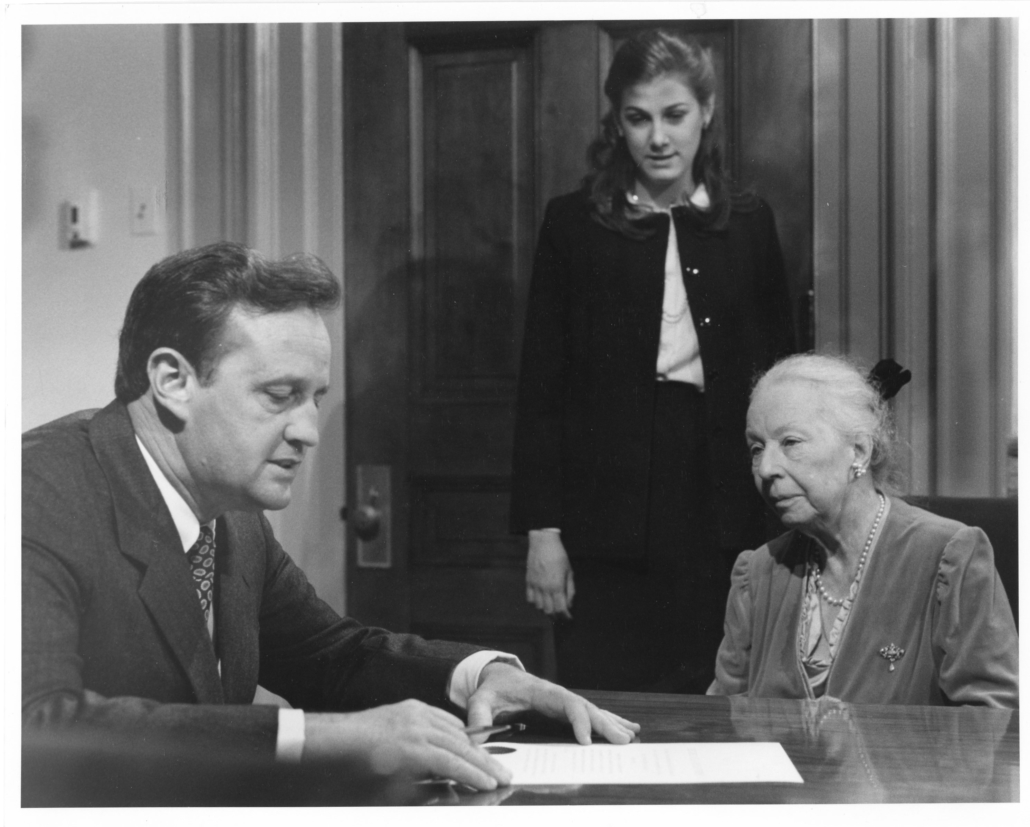
Dance Data Project (DDP): This is Stoner’s 40th season with Richmond Ballet – you are the longest tenured artistic director of a major ballet company. What does the 40-year milestone mean to you?
Stoner Winslett (SW): Forty years is a long time – 2/3rds of my life – and it is frankly a time of reflection on how I have spent my professional life. I have no regrets. I have worked really hard and given up a lot but I have gained more. I believe that many people come into the world wanting to leave it a better place than they found it. Even on the darkest days, I know that, working with the other committed artists and our supportive community, Richmond Ballet has made a real difference not only in the Richmond community but in the ballet world as well.
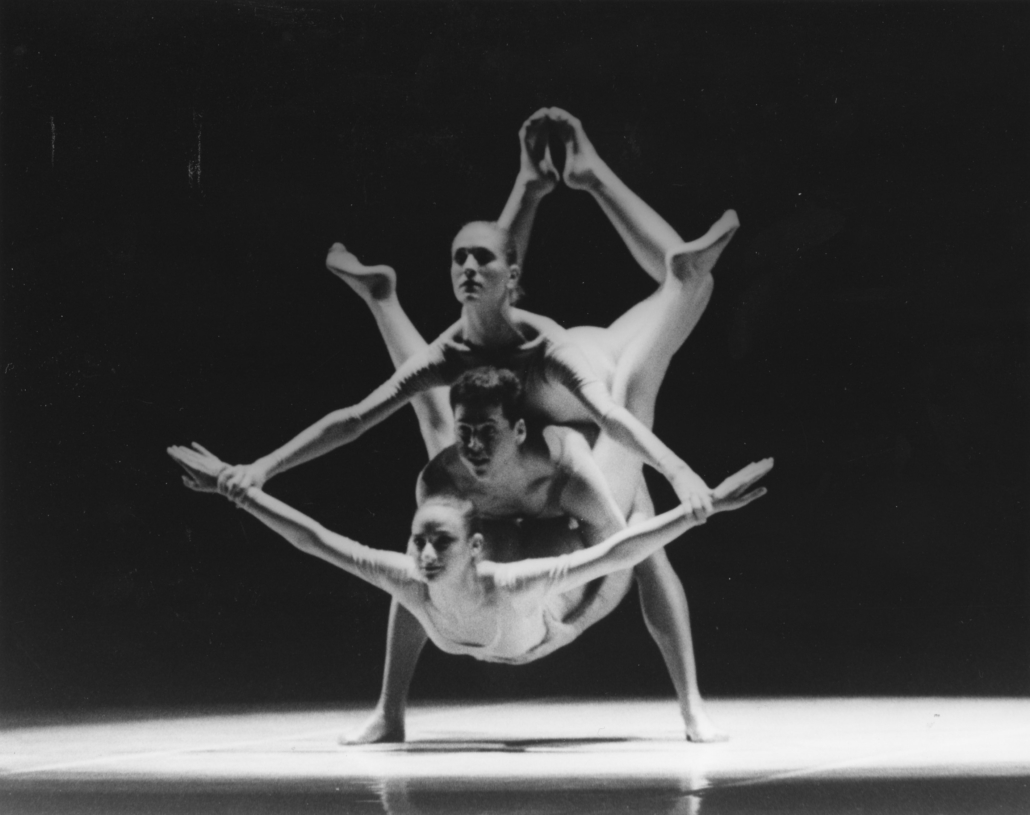
DDP: Brett, you were a dancer with Richmond Ballet beginning in 1985 (its second year as a professional company), danced for 10 years, and then transitioned into administrative roles – this is your thirty-fifth consecutive year with the company. How does your background as an artist influence you as a manager?
Brett Bonda (BB): I feel my background as a dancer/artist has given me a different perspective in approaching my role as Managing Director. I also know that my experience as the first director of Minds In Motion provided me tools that were very similar to managing the entire organization, just in a “mini” version. I’m fortunate that I have “street cred” with the organization, especially with the dancers, since they all know that I know what it was like to be a dancer in the company and when I make certain decisions, I do it in a holistic fashion, not just from a financial or operational view. I think this goes a long way in establishing support from all departments in the organization.
DDP: Tell us more about this initiative, Minds In Motion (MIM).
BB: In connection with the professional company celebrating its 10 year anniversary in 1994, Stoner wanted to give back to the community that had generously supported us over those 10 years, by creating a community engagement program for school students that might not have the interest or inclination to be exposed to dance education. While she could have gone the route of creating a new Swan Lake, Sleeping Beauty, etc. for the Richmond community to celebrate this milestone, her desire to provide quality dance education to a diverse population, was, and still is, a true testament to her wanting to create a company that was truly unique in its culture. She researched several programs around the country and decided to model ours after the National Dance Institute, founded by Jacques d’Amboise.
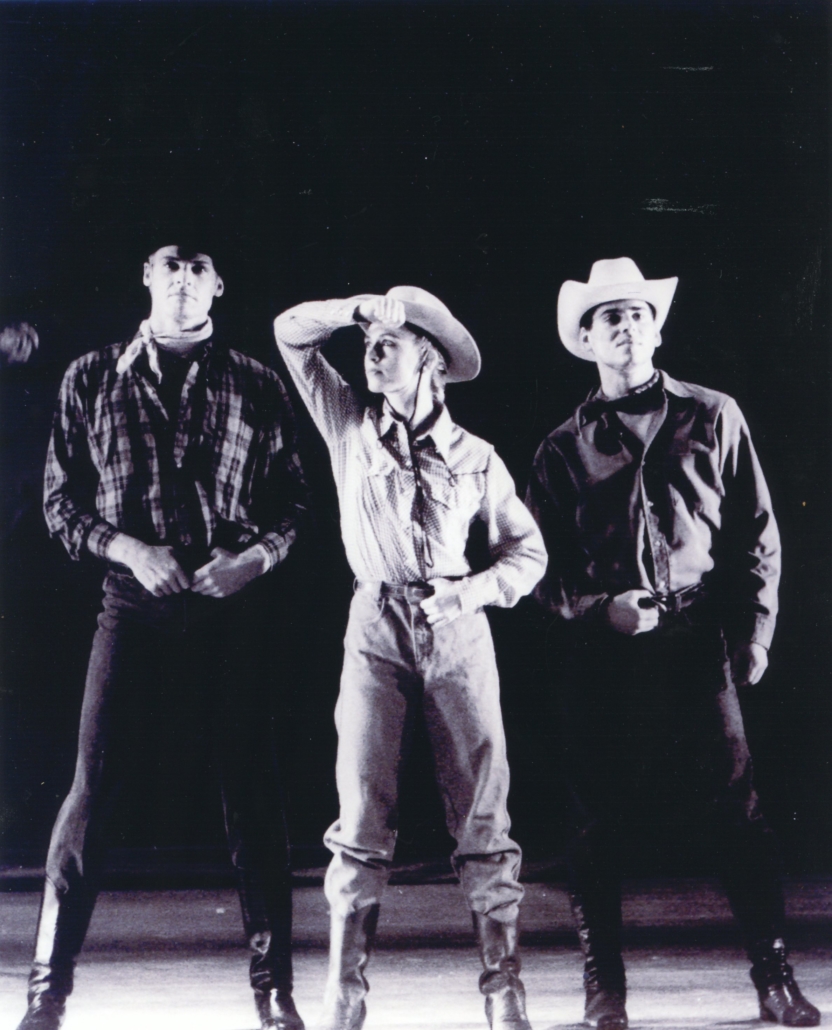
Personally, deciding to retire from the professional company to start a new program was not an easy decision, but now looking back at the impact MIM has had on so many students, I know it was one of the best decisions I could have made. While it is the piece de resistance to find an Ira White, who started dancing as a MIM 4th grader and is now a professional dancer with our company, it is just as rewarding to hear from the parents of students that tell me that MIM has given their children confidence and pride in other aspects of their lives.
It’s not often that you know you have made a difference in someone’s life, but I know Richmond Ballet and MIM has had such a positive impact on so many children over the past 25 years. And now with our MIM Israel program in its 10th year, the positive impact we are having bringing two diverse populations (Jewish-Israeli and Arab-Israeli) together for a unique, shared experience, is quite remarkable and relatively unheard of in Israel.
Learn more about Minds In Motion here.
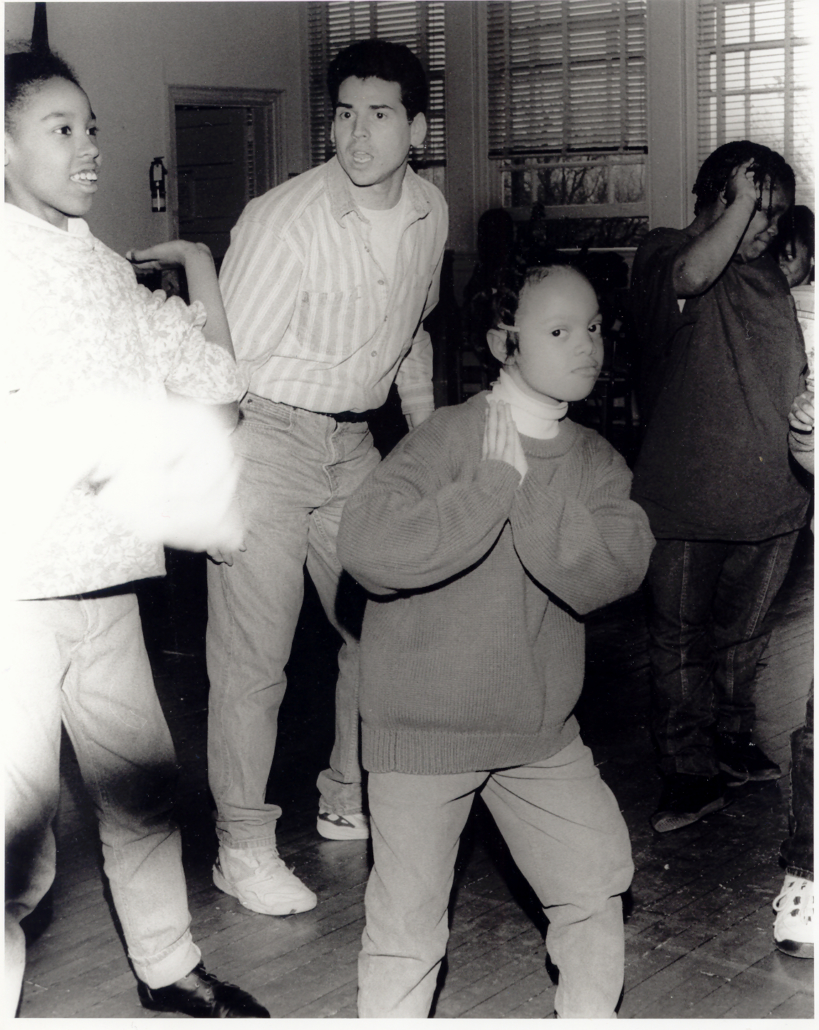
DDP: It seems like community is something that comes up again and again when talking about Richmond Ballet. Your vision statement mentions it multiple times, saying, “Through the work of Richmond Ballet, this community will continue to move towards one that universally respects the value of human life, both physical and emotional; the power of cooperation and mutual respect; the work ethic and discipline required to achieve anything truly meaningful; and the joy of existing in a compassionate community.” Have you seen your community in Richmond change over the years as a result of ballet’s presence?
SW: I like to think that the ballet has been a positive influence in dramatic changes in Richmond. Big issues in our community have been and continue to be racial tension, quality of public schools, and the decay of the city’s downtown, and I believe we have been an instrumental force in helping all three.
In terms of racial equity, we have always had a dancer population in our school and company that looks like the faces in our community. We are also excited to be celebrating 25 years of MIM, reaching 4th graders in 20 Richmond area schools, and we have had three company members who are alums of MIM. We moved downtown to our Canal Street location in the year 2000 and have maintained an entire city block of real estate ever since. Downtown Richmond has changed dramatically over the past 20 years and I am certain that our 135 faculty and staff, along with our 900 students and their families, coming in and out of the building every week, have been a positive force in that change.
Also, I feel that every time we take the stage with our mission to “uplift and awaken the human spirit” that we present an oasis which we hope gives a vision of the kind of world that Richmond, and the rest of the planet, can be when good human beings come together and work for the common good.
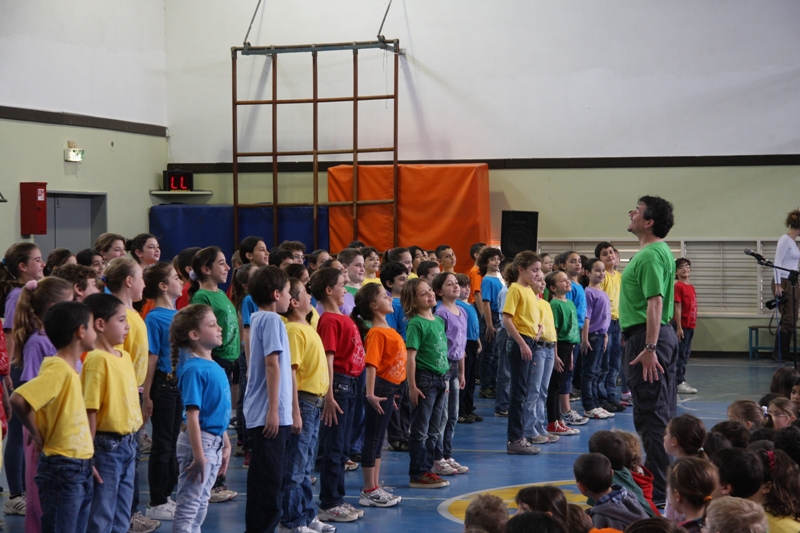
DDP: What additional programming and innovation can you as a company deliver to the community?
BB: We recently made a commitment to focusing more intently on transitioning students that we teach in our MIM program to more formalized ballet training in the School of Richmond Ballet. This required more studios, so we recently dedicated over $2 million to expanding our basement into 3 additional ground floor dance studios. This has enabled us to provide ballet training to a more diverse population, thereby directly affecting diversity, inclusion and equity for years to come.

DDP: What are your aspirations for the company in years to come?
BB: The company’s artistic standards have risen to such a high level, that we have now turned our focus to enhancing the administrative team. Like most organizations our creative goals are not always within the means of available resources and staffing. We will continue to attract exceptional and creative leaders on our administrative teams, in order to provide the necessary support for the future growth of the organization.
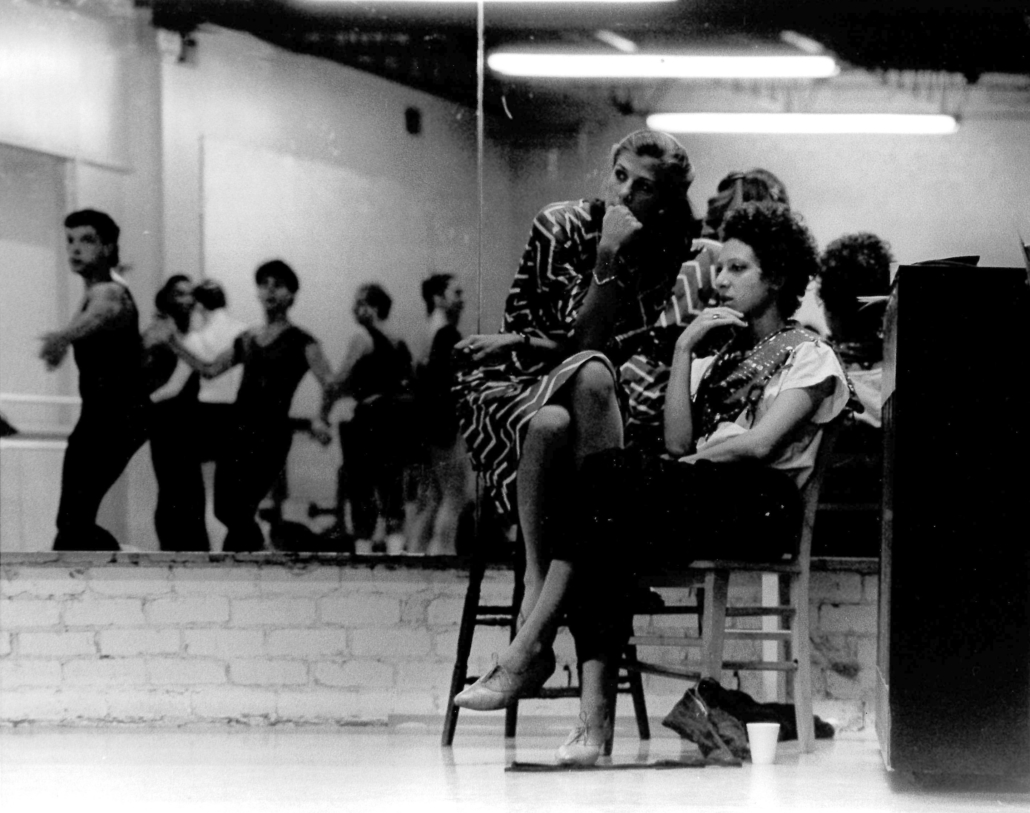
DDP: Choreographers from around the world regularly submit their work to be featured by the company. What do you look for in a choreographer for Richmond Ballet? Has that vision changed overtime?
SW: I enjoy commissioning works very much. Commissions allow our dancers, artistic staff, and production staff to be part of the creative process. The product that comes out is uniquely ours. I also love giving the opportunity for choreographers to work in our very special environment, which they universally report to be supportive and conducive to their best work. I look for choreographers who use the basic line of the classical ballet heritage as part of their own unique language to be voices for today.
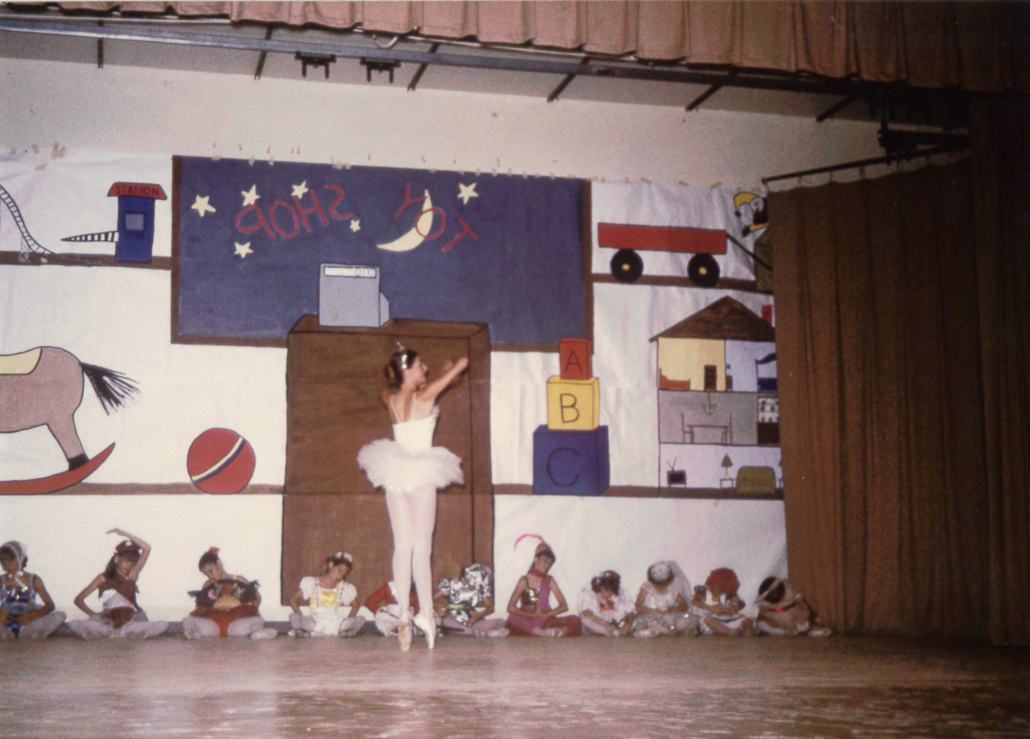
DDP: You also said that you actively encourage your own dancers to explore choreography. You yourself choreographed your first full-length ballet at 17. Why do you think it is such a challenge for young female choreographers to receive commissions when there are young women out there who want to do it as badly as the young men?
SW: When I urge our dancers to choreograph, I seem to get similar interest from the men and the women. Perhaps that is because the women in our company have grown up with a female artistic director who choreographs.
DDP: So, leadership from the top down is critical. As the former Vice Chair of Dance/USA, you’ve worked with the most important figures in the American dance scene and set a strong example of inclusivity. According to our research, in the last two seasons Richmond Ballet holds the distinction of being one of the top 15 companies programming work choreographed by women. Why do you think other leaders have not afforded women the same opportunities?
SW: I honestly do not know why there have not been more women choreographers and women directors. I was aware of the small number of female artistic directors, but not the paucity of female choreographers, before I was exposed to DDP. I do think that in the ballet training process, boys may feel more empowered than the girls because there are far fewer of them. Boys tend to get special treatment because they are scarce. Many of them also start later, so they have more in their lives than just ballet.
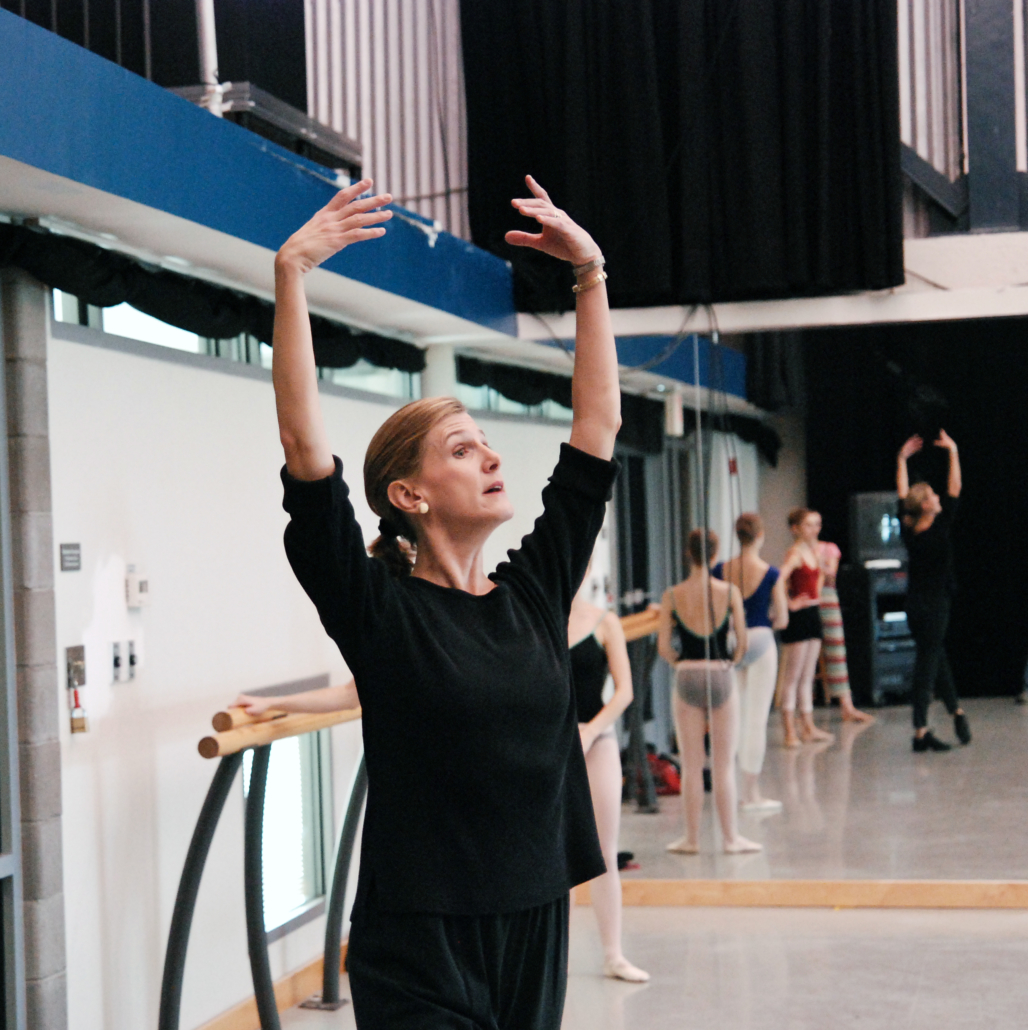
In addition, it is just a fact that being an artistic director and choreographer is very difficult, if you want to start a family. Ten years ago, Richmond Ballet sponsored a conference hosted by Anna Kisselgoff called “The Glass Slipper Ceiling,” and the four female artistic directors of major ballet companies at the time were speakers. It was on the occasion of my 30th anniversary here. The other three female artistic directors in the US at that time were Celia Fushille, Victoria Morgan, and Dorothy Gunther Pugh.
Celia and Dorothy both had children but they were older and launched, and neither of them did their own choreography. Victoria choreographs but she never had any children. I had a big realization that what I was trying to do – direct a company, stay involved in my own choreography, and raise a family – was not being attempted by any other woman in the country. It is not easy.
DDP: What tangible solution could you give to the female choreographer problem?
SW: I think all of us in the professional ballet world need to do a better job of encouraging female choreographers within our ranks. It is tough because the dancer’s life is short and many dancers want to concentrate on their performing while that special gift is available to them but, if we can work it into their schedules, I think giving them a chance to create helps them develop their artistry on many levels. Female dancers obviously may need a little extra encouragement because of the ballet world’s long-time gender dynamics.
DDP: How might you encourage young women in your company to come forward and explore choreography (or if they are coming forward, how have you already supported them)?
SW: We have had two of our company women and several of our trainee women choreograph for our New Works Festival II in the last several years. After realizing the need for more female voices in the field, an understanding I came to from DDP research, I will redouble my efforts to jumpstart female choreographers here.
I also have a more watchful eye on the repertory, in general, to be sure that there is a variety of voices represented. There always have been but a little extra attention cannot hurt. We live in a world where groups who have felt underrepresented over decades, if not centuries, are feeling the courage to speak up. I want Richmond Ballet to be responsive and to actively demonstrate on a daily basis that our art form is relative, inclusive and a powerful force for a positive world.

DDP: Brett, as these artistic decisions are made and Richmond Ballet’s programming reacts to the current climate, how do you act to ensure the company has the financial means to accomplish the commissions of new voices and diverse works?
BB: I believe all good managers should surround themselves with team members that can be relied upon to provide sound financial data that I can then use to make informed decisions. Transparency is the key to maintaining the status and financial success of the company. Obviously, there are some financial details that need to remain confidential, however, most of our operations can be shared with other team leaders, so if everyone is on the same page on why a decision was made, that goes a long way in avoiding misunderstandings.
I also have found that if I articulate financial implications to artistic decisions, the artistic staff might decide to move in a different direction than they would without this data. I’m also fortunate that Stoner is the founding artistic director of the company and she has always had a wonderful grasp on the financial status of the organization, so her artistic direction for the company always factors in the financial implications to the organization.
DDP: Richmond Ballet is known globally. Many companies that started under similar circumstances outside of NYC, San Francisco, etc. have not been so successful. You even saw this happen when you were first choosing between Richmond and Baltimore Ballet to begin your dancing career, Brett. What do you think has set Richmond apart to succeed?
BB: It comes down to Stoner and her vision many years ago to establish a company different than many others at that time. She led the organization with fiscal responsibility, which, combined with her artistic vision, has continued to garner success and growth. The respect that she earned in the community with powerful leaders, donors, and nationally in the arts world, have all made the organization thrive with their support of her and the company.
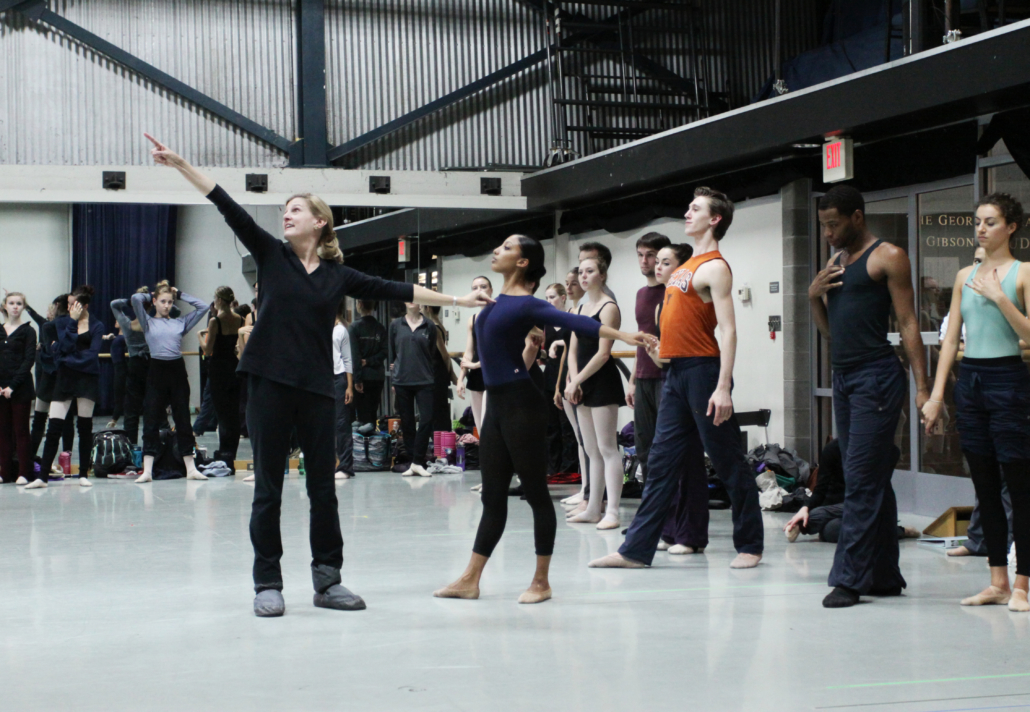
Richmond Ballet’s 2019|2020 season continues in November with Studio One, a program that opens with Ancient Airs and Dances, a work choreographed by the artistic director early in her tenure at the company. The program will close with a world premiere by Ma Cong. Tickets can be purchased online at https://www.richmondballet.com/season-tickets/.
See a collection of images from the past 40 years at Richmond Ballet in the following gallery:


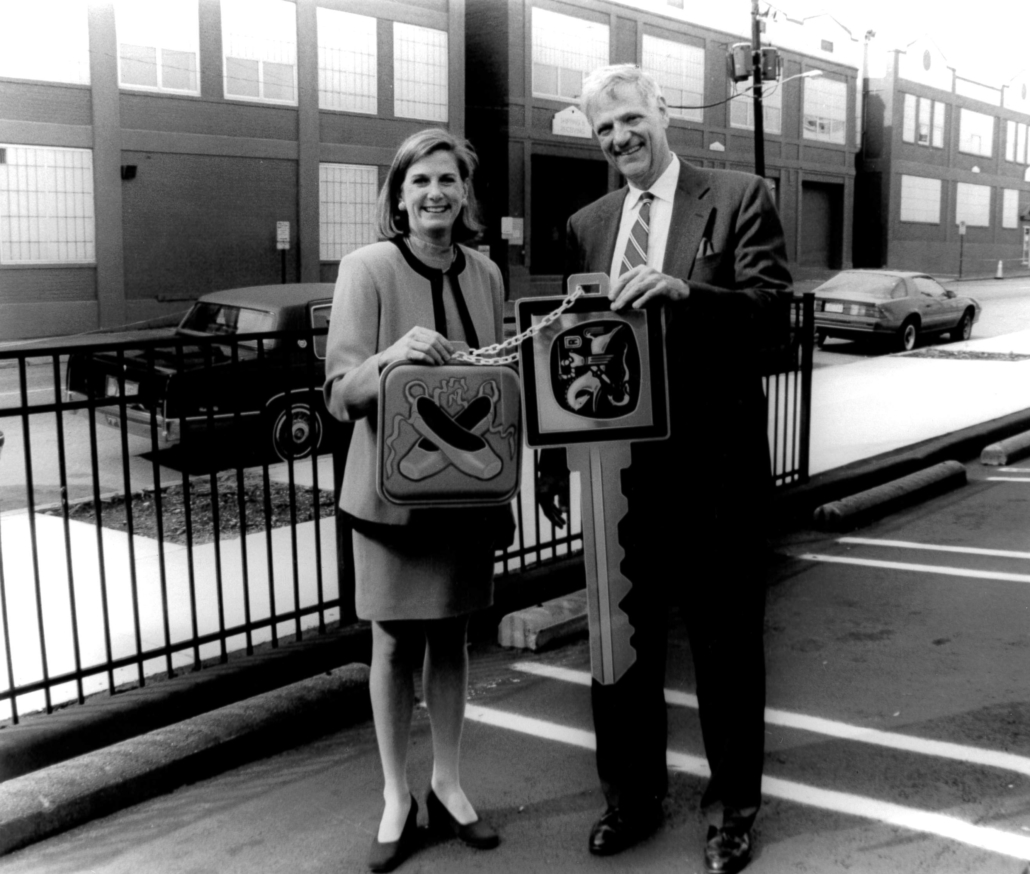
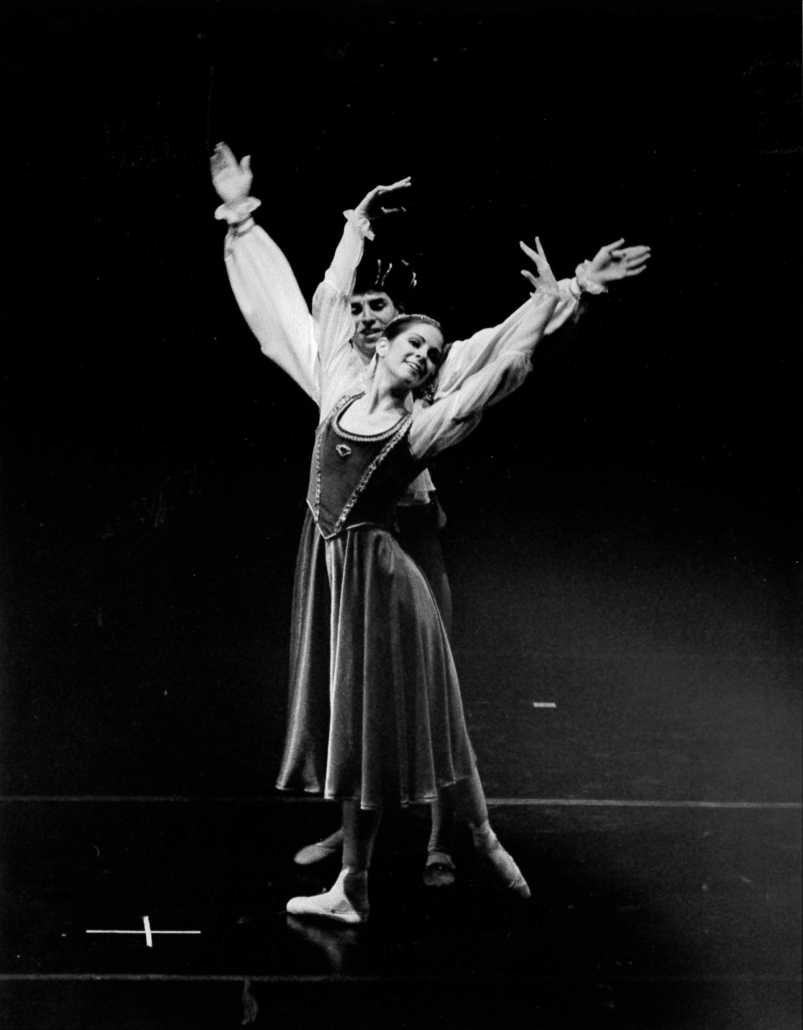


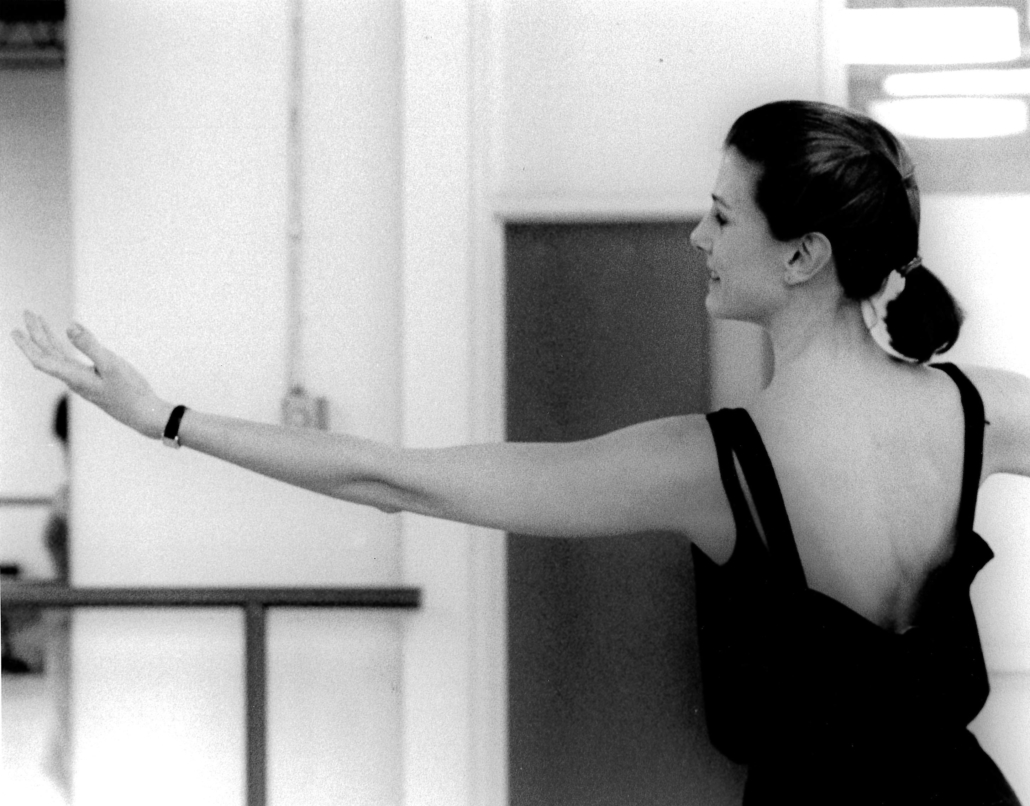
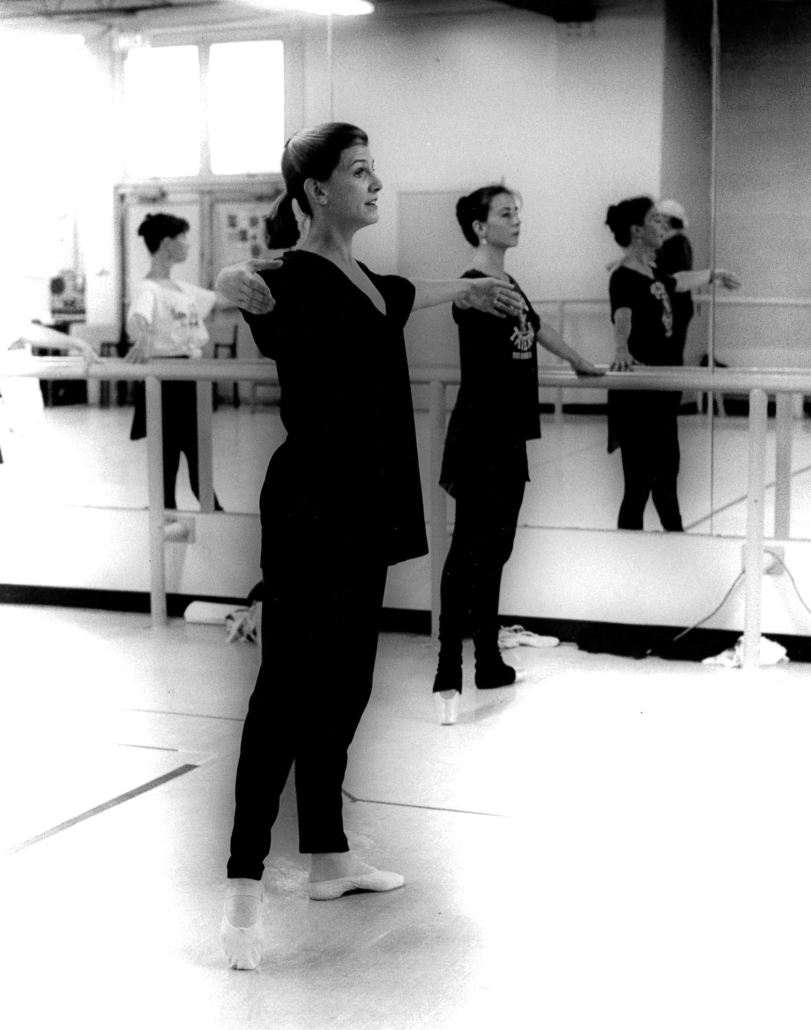

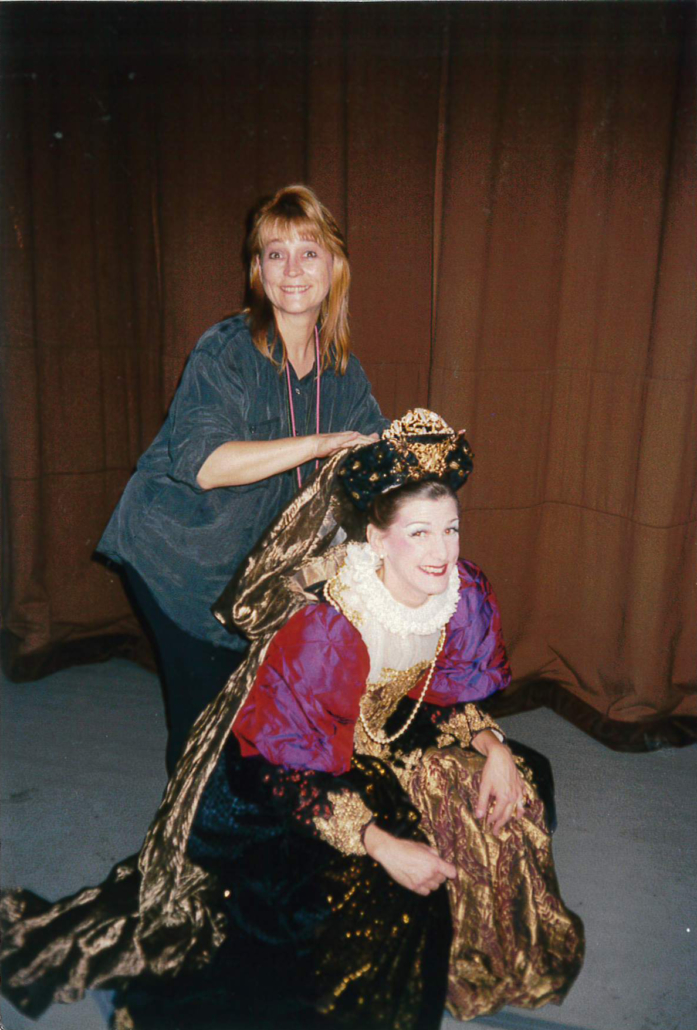
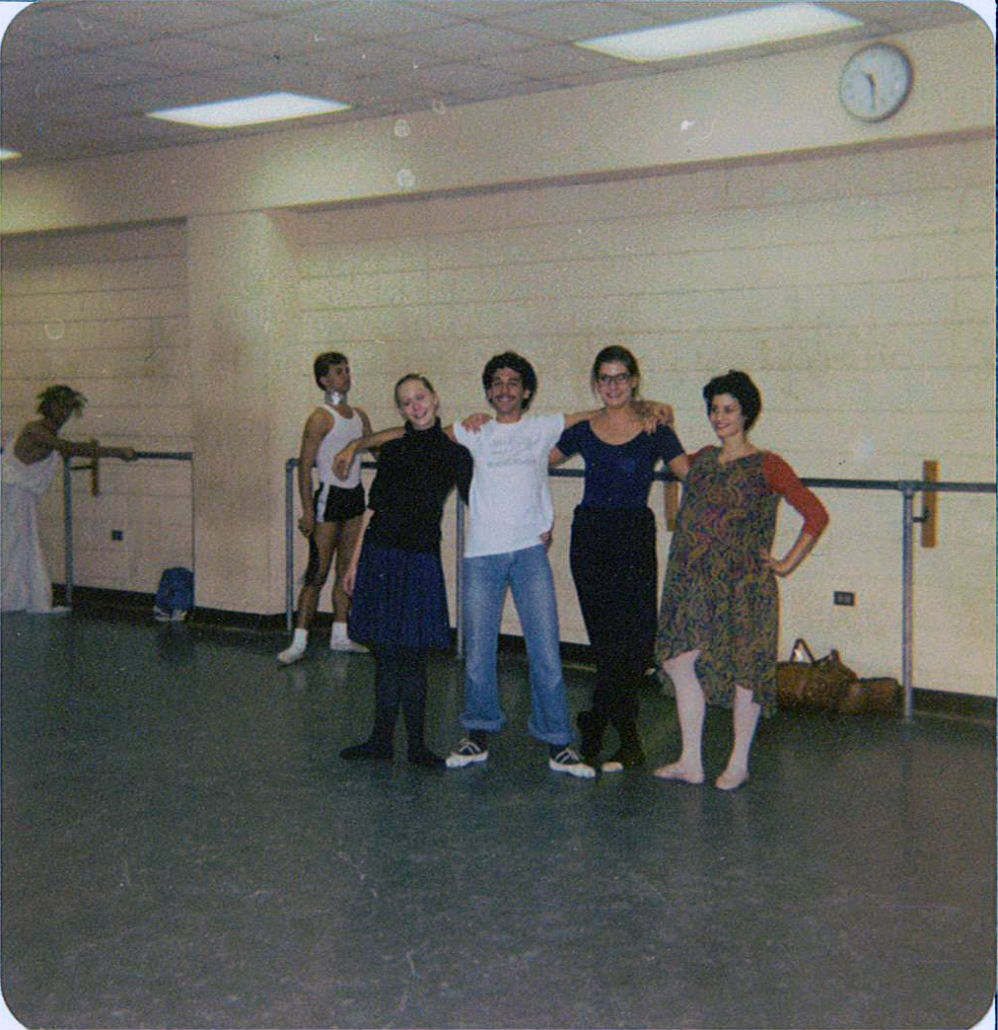
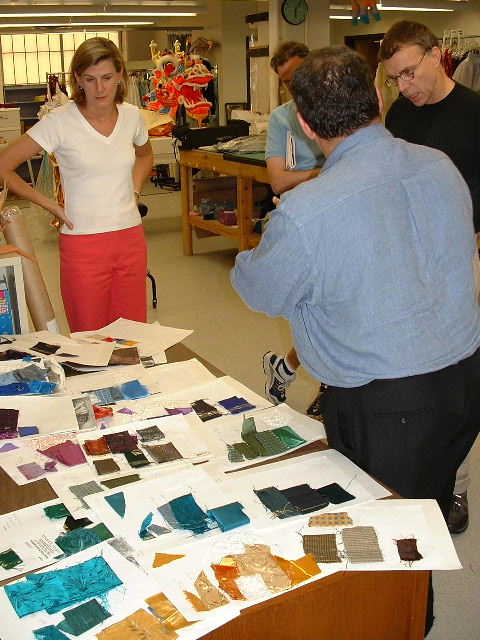



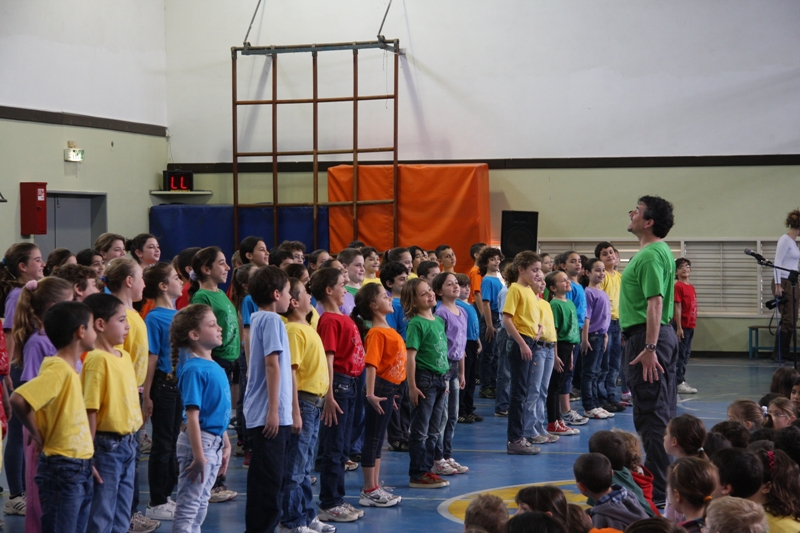
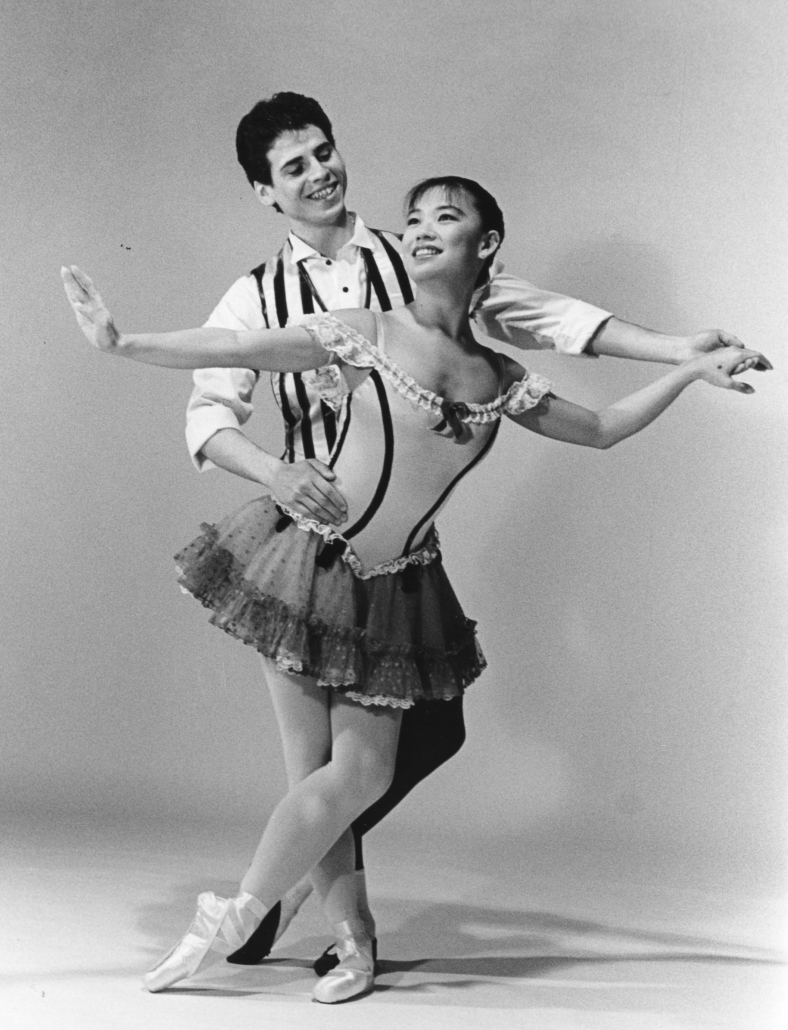



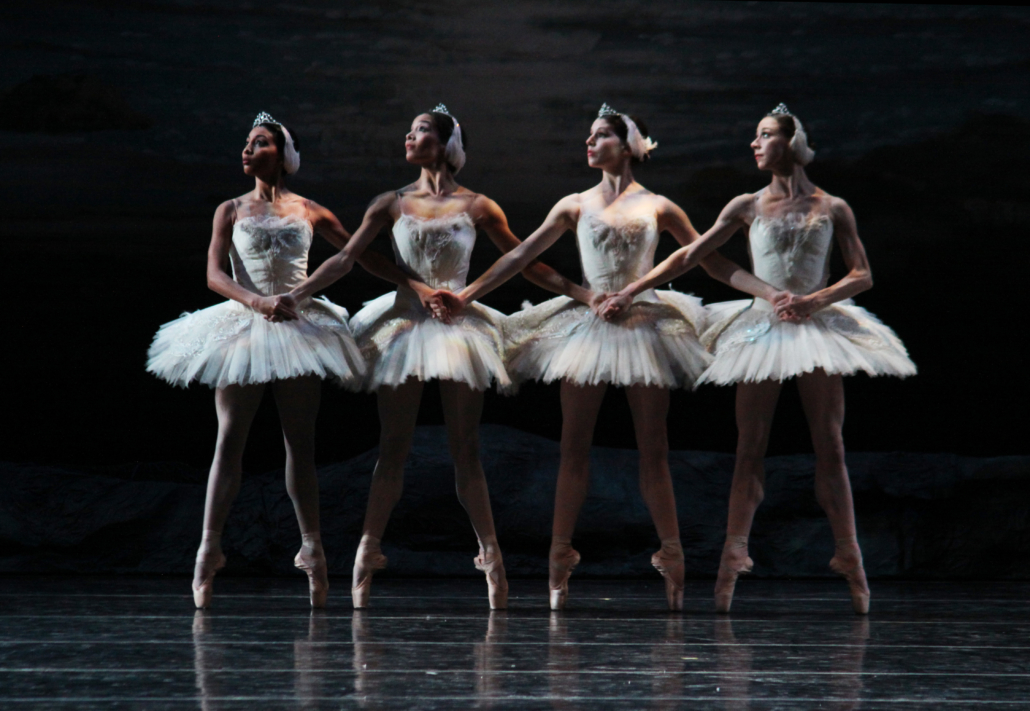

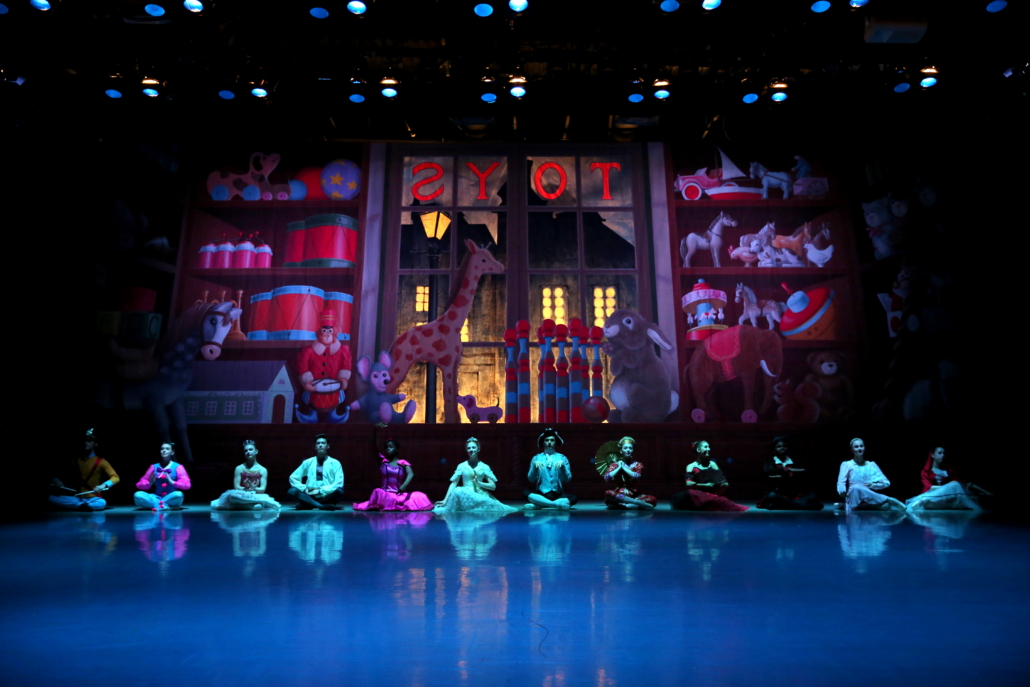


31 October 2019
Dance Lab New York (DLNY) is halfway through its Lab Cycle in collaboration with The
Joyce Theater Foundation supporting female choreographers of color in ballet. Over the past two weeks, Amy Hall Garner and Preeti Vasudevan, have been exploring the classical and neoclassical ballet idioms with a company of eight professional dancers, supported by the DLNY Lab Cycle grant in space provided by The Joyce Theater Foundation. DLNY provided each of them with 30 hours of incubation, a stipend, eight paid professional dancers, a rehearsal director, insurances, and administrative support from DLNY staff and Founding Artistic Director, Josh Prince.
“I am a dancer with bare feet and bells, and I’m working with ballet dancers en pointe,” said Preeti Vasudevan. “It was an incredible experience, taking what’s in my mind and what I could imagine and trying it out for two weeks with dancers who are wonderful collaborators. It opened a massive door.”
Amy Hall Garner added, “As a choreographer, you don’t have these opportunities unless you’re commissioned. It’s not easy to get professional dancers in a studio who are so willing to investigate, with the right floor and insurance, but DLNY gave me the opportunity to do this and to explore. This experience gave me time. It may sound simple, but it’s not.”
Read the full article on Broadway World.
By Hannah Foster
30 October 2019
In December 1947, Tennessee Williams’ A Streetcar Named Desire rocked audiences with its brutal portrayal of a young southern widow’s tragic life. At the Broadway premiere, the theater fell utterly silent after the curtain closed, before the audience erupted into a 30-minute ovation.
Since its creation, Streetcar has won numerous awards and provided inspiration for a plethora of adaptations. Now, choreographer Annabelle Lopez Ochoa‘s balletic version is making its U.S. company debut at Nashville Ballet November 1–3. As a female choreographer with an interest in telling women’s stories, Ochoa is championing a new era of narrative ballet, and she wants audiences familiar with Williams’ story to see the protagonist’s arc in a new light.
Streetcar was Ochoa’s first full-length work; it premiered at Scottish Ballet in 2012. “I chose this story and I couldn’t understand why no other company had chosen it, but as I was making the piece I understood,” she explains. “The characters are complex and very layered, and the story leans on secrecy and psychology.”
Read the full article in Pointe Magazine.
By Rachel Moore
30 October 2019
Rachel Moore has the kind of deep background in the arts that compels people to listen when she speaks. After identifying as a dancer all her life and dancing professionally with American Ballet Theatre for six years, she found a calling in advocating for artists’ rights. Eventually she returned to ABT as executive director/CEO, a position she held for 11 years. In 2015, she became president and CEO for The Music Center in Los Angeles, the largest performing arts center on the West Coast. —DBW
While there are those who suggest that executive leadership requires you to have “all the answers,” I don’t agree. Instead, I believe that true leadership articulates where one wants to go; why the desired destination is important; and what the values are that those on the journey should embrace. The nuts and bolts of how one gets there is a collective process that requires the talents and skills of a diverse team of people.
Rather than them trying to do it all, I offer this advice for leaders in our field:
As Doris Kearns Goodwin famously noted in her biography of Abraham Lincoln, “Good leadership requires you to surround yourself with people of diverse perspectives who can disagree with you without fear of retaliation.“ The point is not to get to your decision; but, rather, to determine the right decision. Research shows, time and again, that diverse teams are smarter, more productive and more innovative. (See “Why Diverse Teams Are Smarter,” by David Rock and Heidi Grant, for instance, in Harvard Business Review.)As you build your team, be honest about your strengths and weaknesses and hire people who are different from you and who have differing skills sets. Reach outside your comfort zone and curate your team to be strong and capable as one unit.
Read the full article in Dance Business Weekly.
2 November 2019
Fathers are happier, less stressed and less tired than mothers, finds a study from the American Time Use Survey. Not unrelated, surely, is the regular report that mothers do more housework and childcare than fathers, even when both parents work full time. When the primary breadwinner is the mother versus the father, she also shoulders the mental load of family management, being three times more likely to handle and schedule their activities, appointments, holidays and gatherings, organise the family finances and take care of home maintenance, according to Slate, the US website. (Men, incidentally, are twice as likely as women to think household chores are divided equally.) In spite of their outsized contributions, full-time working mothers also feel more guilt than full-time working fathers about the negative impact on their children of working. One argument that is often used to explain the anxiety that working mothers experience is that it – and many other social ills – is the result of men and women not living “as nature intended”. This school of thought suggests that men are naturally the dominant ones, whereas women are naturally homemakers.
Read the full article in The Guardian.
By Anna J. Park
The Korean National Ballet (KNB) will present its original dance titled “Hoi Rang” Nov. 6-10 at Seoul Arts Center’s Opera Theater in southern Seoul.
The 110-minute modern ballet is the story of a strong-willed female character called Rang, who disguises herself as a man to join the army to save her ill father and lead the victory in a war.
The plot was inspired by the compilation book “Ilsayusa,” published in the early 20th century in Korea, which collected famous stories of low and middle-class citizens of the 1392-1910 Joseon Kingdom.
It is the national ballet company’s third original piece, created to showcase homegrown ballet to international audiences, following “Prince Hodong” in 2009 and “Heo Nan Seol Heon” in 2017. More than three years have been spent preparing this piece.
“I think, from a global perspective, anybody in the world can easily follow the story and share its sentiment,” KNB artistic director Kang Sue-jin said during a press conference on Wednesday. “It just feels like Walt Disney’s fairy tale. This original ballet marks a new challenge for the Korean National Ballet to advance one more step. I am very proud of it.”
Read the full article in The Korea Times.
By Margaret Talbot
28 October 2019
ne of the stranger things about the history of moviemaking is that women have been there all along, periodically exercising real power behind the camera, yet their names and contributions keep disappearing, as though security had been called, again and again, to escort them from the set. In the early years of the twentieth century, women worked in virtually every aspect of silent-film-making, as directors, writers, producers, editors, and even camera operators. The industry—new, ad hoc, making up its own rules as it went along—had not yet locked in a strict division of labor by gender. Women came to Los Angeles from all over the country, impelled not so much by dreams of stardom as by the prospect of interesting work in a freewheeling enterprise that valued them. “Of all the different industries that have offered opportunities to women,” the screenwriter Clara Beranger told an interviewer in 1919, “none have given them the chance that motion pictures have.”
Some scholars estimate that half of all film scenarios in the silent era were written by women, and contemporaries made the case, sometimes with old stereotypes, sometimes with fresh and canny arguments, that women were especially suited to motion-picture storytelling. In a 1925 essay, a screenwriter named Marion Fairfax argued that since women predominated in movie audiences—one reason that domestic melodramas, adventure serials featuring acts of female derring-do, and sexy sheikh movies all did well—female screenwriters enjoyed an advantage over their male counterparts. They were more imaginatively attuned to the vagaries of romantic and family life, yet they could write for and about men, too.
Read the full article in The New Yorker.
Reach out to us to learn more about our mission.
"The Devil Ties My Tongue" by Amy Seiwert performed for the SKETCH Series, 2013. Photo by David DeSilva. Courtesy of Amy Seiwert's Imagery
